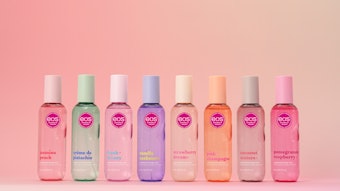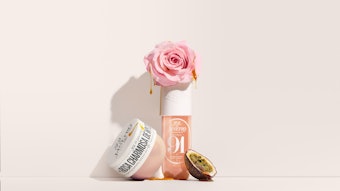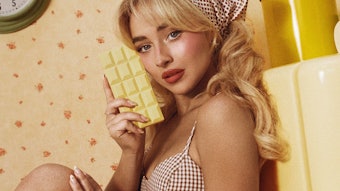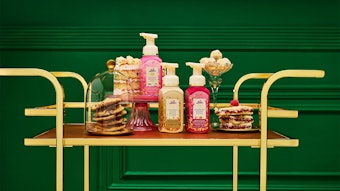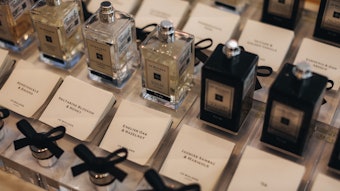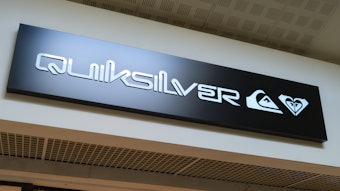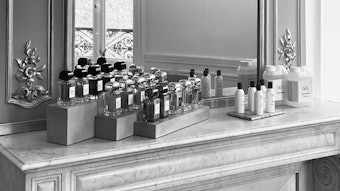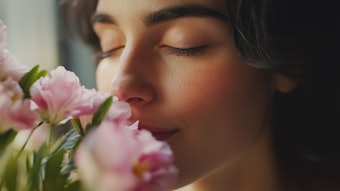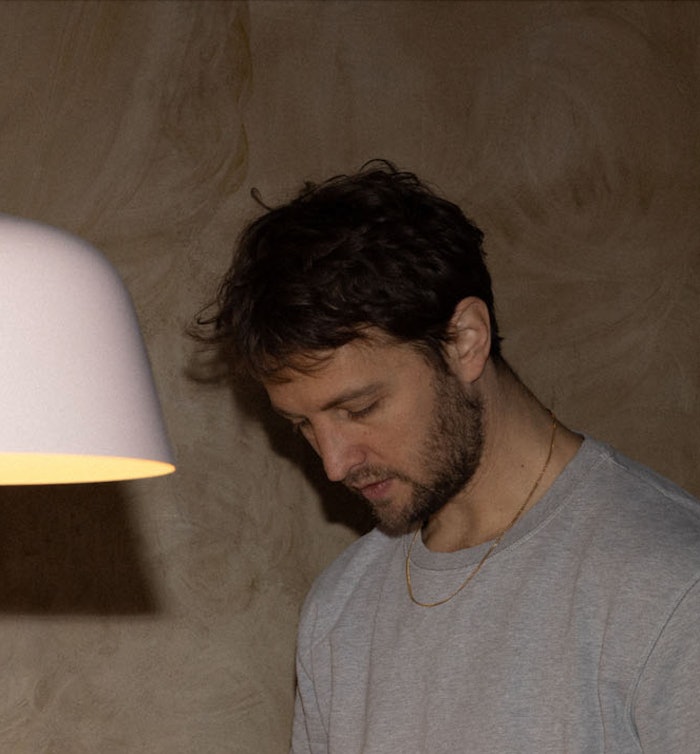
Name: Tomas Hempel
Company: Stora Skuggan
Location: Stockholm, Sweden
In an exclusive interview, Perfumer & Flavorist+ contributor Tanya Mironova connects with Stora Skuggan's perfumer, Tomas Hempel. Based in Stockholm, Sweden, he shares insights into his self-taught path, the influence of mentors, and the meticulous process of developing artistic fragrances.
![Hempel shares, '[When developing Moonmilk] I made a limestone accord in the center of the composition, it had a mineralic and almost chalky undertone and its character was very cold.'](https://img.perfumerflavorist.com/files/base/allured/all/image/2024/08/MM_web.66bf605ad356e.png?auto=format%2Ccompress&fit=max&q=70&w=400) Hempel shares, "[When developing Moonmilk] I made a limestone accord in the center of the composition, it had a mineralic and almost chalky undertone and its character was very cold."courtesy
Hempel shares, "[When developing Moonmilk] I made a limestone accord in the center of the composition, it had a mineralic and almost chalky undertone and its character was very cold."courtesy
Tanya Mironova [TM]: How did you learn to become a perfumer?
Tomas Hempel [TH]: It’s hard to boil it down to a few sentences without going into detail, but I will try. I define myself as a self-taught perfumer, however, one should not ignore the fact that I had a few mentors along the way. The almost cynical mindset of an experienced perfumer combined with my naivety seemed to be a good starting point. Those relationships had a deep impact on me, but it’s also important that you take that knowledge and form it into something that you believe in. And mentors in all their glory, what it all comes down to is being consistent and putting in the hard work. I have been doing this for over a decade now and in many ways, I still consider myself a novice, so to answer your question – I’m still learning.
TM: What drew you to specialize in fine fragrances?
TH: I never really had a special interest in fine fragrance, but I was always fascinated with peculiar smells, which had been going on since I was a kid. Being an introvert in the design industry made me feel like an odd duck, so eventually I asked myself the inevitable question: do I want to spend my days doing something that I dislike or something that I love? I chose what was lying closest to me—my interest in smells. Creating perfumes was a natural step from there. When I started, it was a time when there were hardly any Swedish niche brands or perfumers. It might sound contradictory to how I portray myself, but somewhere inside hides an eccentric, person that wants to reach out and to be recognized, even though it’s hard to admit. However, it might be one of the reasons why I chose this profession. What can be better for a socially maladjusted person than to communicate without having to talk?
TM: What has been your biggest technical challenge in fragrance composition?
TH: When developing Moonmilk my aim was to take sandalwood to a place where it had never been before, at least to my knowledge. So I made a limestone accord in the center of the composition, it had a mineralic and almost chalky undertone and its character was very cold. It took me six months to make it functional by adding different elements that made it more warm and fresh, without ruining the accord. It took me another six months to finalize the formula by making it more dynamic and complex. I really wanted a fragrance that was not offensive but at the same time could fill a room. It’s actually the quickest perfume I ever developed, and perhaps the one I enjoy the most.
TM: Is there a fragrance molecule you wish could be synthesized due to the lack of a suitable analog?
TH: As independent perfumers, like myself, don’t have access to the captives, I would need to smell them first to be able to give an answer. My first thought was a really powerful Hedionea. My other thought was—but hey it already exists in Paradisoneb. However I should not complain, you will force yourself to be more innovative with a smaller palette, and even without the captives, the independent perfumer's library is huge. I never worked much with Lilial, as I knew the future it faced, but I think it’s a fantastic ingredient. Now that it’s banned in the EU I would say a molecule with a similar scent profile as Lilial would be very useful. They say that Nymphealc, whose captive status was recently released by Givaudan, can be the one. I haven’t had time to evaluate it yet.
TM: How do you enter your creative mode?
TH: As I run a perfume brand and everything that comes with it, I don’t have much time to blend perfumes during the daytime. One of my best things is to go to the studio in the evening put on some ridiculously pompous music and have a moment of total megalomania. It just takes a knock on the door and I’ll get out of character, like a grown man who just got caught playing with dolls or something. But for me music is key, it really makes me feel limitless.
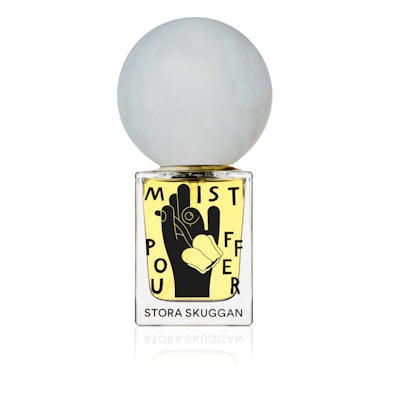 The creation process can be strenuous, especially when considering the amount of iterations it takes before a scent makes it to market. Hempel shares, "For Mistpouffer it was around 300 iterations during a four-year period, and I still don’t like it."courtesy
The creation process can be strenuous, especially when considering the amount of iterations it takes before a scent makes it to market. Hempel shares, "For Mistpouffer it was around 300 iterations during a four-year period, and I still don’t like it."courtesy
TM: How often do you iterate on a fragrance, and what factors influence this?
TH: Well it’s my weakest quality, I can do so many versions of a formula, often too many. I think I never did less than a hundred when it came to a perfume that ended up on the market. And within that number, it hides other things like making of accords, evaluation of single ingredients theoretical research, and so on. For Mistpouffer it was around 300 iterations during a four-year period, and I still don’t like it. I’m glad others do though.
TM: What advice would you give to someone starting their career in perfumery?
TH: Don’t expect any quick steps forward, you need to be consistent; it’s all about time and focus. And this one is hard, but try not to include economic factors in making those perfume dreams come true, of course, you can buy almost anything today, but to be a good perfumer, once again, you need time and experience. If you don’t want to learn the craft, it’s not that complicated. There are hundreds of companies that can help you develop a product, compound it, and include all the regulatory parts into that equation. But what’s the fun in that?
References
aHedione is a trademark of Firmenich
bParadisone is a trademark of Firmenich
cNympheal is a trademark of Givaudan


